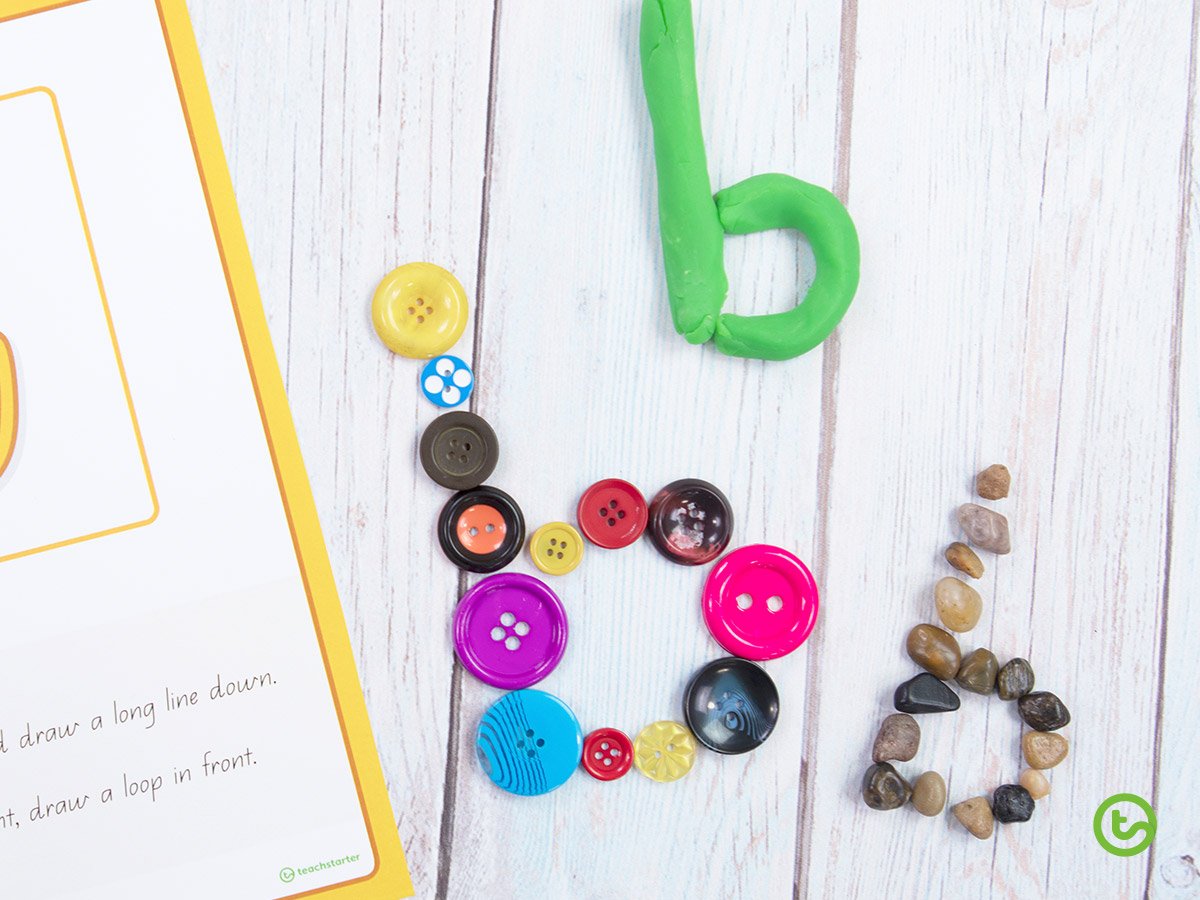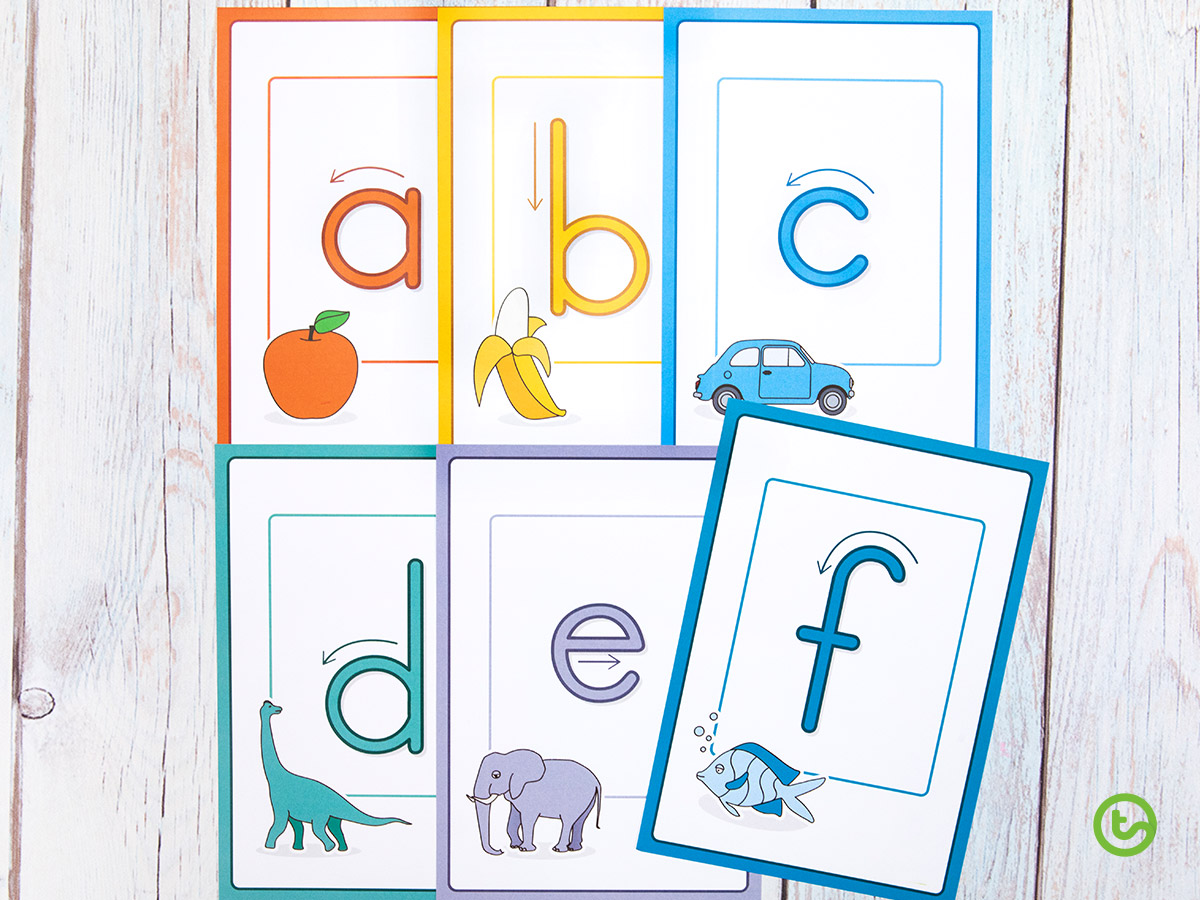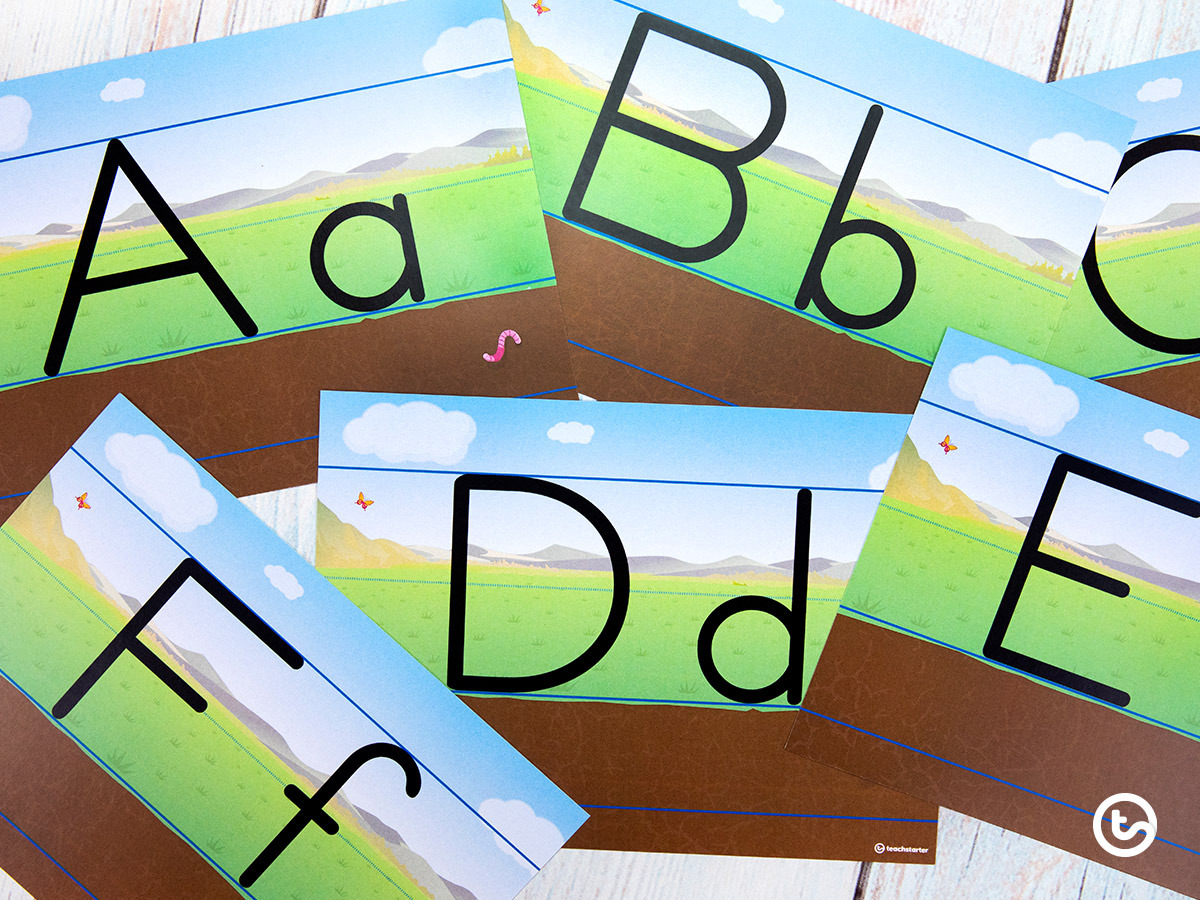The moment a young child progresses from drawing pictures and objects to writing letters and words is an exciting milestone in brain development. If you’re anything like me, you find this change fascinating and mind-blowing!
It is only natural that there may be a few letter formation speed bumps or obstacles along the way. One possible obstacle that may occur is letter and/or number reversal.
Reversing letters, words and sentences is also known as mirror writing and implies exactly that, letters that are written in reverse, yet are often correct when looked at in a mirror.
Here are some points to consider when you are supporting a child that is displaying mirror writing tendencies…
- Mirror writing is normal developmental behaviour for children between the ages of 3-7.
- Children who have excellent fine motor skills may still struggle with the reversal of letters and/or numbers.
- Both left-handed and right-handed children may struggle with letter reversal.
- Mirror reading is also a thing. For example, students may read ‘tip’ as ‘pit’.
- Not all kids who reverse letters have dyslexia, but it’s important to be mindful of this possibility.
Why Students Reverse Letters and Numbers
It’s important that as teachers we understand the reasons behind certain writing behaviours. Imagine a mechanic – they learn how a car motor works as a whole, before attempting to fix a specific problem. That is to say that, it’s important to understand how a child’s brain is working, through careful observation, before looking at fixing specific problems. It can be useful to read up on a few studies written on mirror writing and letter reversal. One significant explanation of letter reversal has been written by Mariano Sigman – a physicist by training.
In this video, he talks about the revolution of human vision and why young children may reverse their letters.
It’s important to understand that children who write with their letters reversed have not been taught to form their letters in this direction. Therefore, they will need to unlearn this sub-conscious behaviour. This requires guidance and support from those around them.
How to Assess Student Letter Formation
If you are wondering the best way to assess and monitor your students’ letter formations, here are some tips…
- Provide your class with a piece of paper and a pen. Using a pen or coloured pencil ensures that students present their first attempt without erasing or correcting.
- Ask your students to write the letters of the alphabet. Avoid using visual cues or prompts in order to gain a true reflection of how students are progressing.
- Don’t interrupt students during their writing. If they start writing capital letters or writing from the wrong side of the page – let them go.
- If some students are finding it too difficult – don’t push them. Just include them in a smaller group activity (I’ll talk about this later in the blog).
- Once you have your samples – group the students who are obviously reversing letters or are having trouble forming their letters.
Identifying students who need support with letter reversal and grouping students can be very time-consuming. So, I would suggest using some Teacher Aide (TA) time. My hot tip is to get your TA to record each student as they write using an iPad. This means you can look back on the video and write notes and assess their letter formation behaviours when you have some spare time.
At this point, you can get students to write the alphabet, but also get them to write some CVC words as well.
Some behaviours that you may notice in students…
- Students who struggle to work out the difference between b and d may resort to writing capital letters for a B and a D.
- When you observe how they form letters, some students may begin their letter from the bottom for letters such as f or j as they are not sure which way to do the curve.
- Letters that have a circle in them such as a d, students may write a few circles over and over while they try to work out which side the ‘stick’ goes on.
How to Help Children Who Reverse Letters
There are many different ways that you can help a child who is struggling with letter reversal. In this section of the blog, I highlight a couple of very easy ideas that you can incorporate into your classroom instantly.
Lots of Handwriting Practise
The more practise you can do with letter formations the better. Repetition is the key to change letter reversal behaviour.
We have a range of handwriting resources and activities that you could use.
[resource:147358][resource:8958][resource:7966][resource:4645]
Visual Cues in the Classroom
Visual cues are another aspect that will assist children who my be reversing their letters. We have a range of posters that clearly show where each letter of the alphabet starts.
These gorgeous alphabet posters for the classroom even have arrows to show students which way to write each letter. I would suggest focusing on lower case letters, to begin with.
Desk plates that have the letters on them are also a helpful scaffold for students! Desk plates give students an extra boost of confidence! We have a huge collection of printable desk plates for the classroom that you could use
[resource:95986][resource:2712662][resource:7784][resource:7747]
Here’s another set of fantastic handwriting letter posters for the classroom.
Hands-On Sensory Letter Formation Activities
Using hands-on sensory activities with your students is also hugely beneficial especially in the early year’s classroom. These activities can help kids remember the proper formation by practising writing the letter in a variety of ways.
Some letter formation activity ideas include:
- using shaving foam and getting kids to write the letters
- creating the letters using playdough
- creating the letters using other objects such as buttons and rocks
- using large sidewalk chalk on cement.

It’s important to continue to monitor students who are struggling with letter reversal.
As mentioned earlier in the blog, it is a completely normal developmental behaviour seen in children up to the age of approximately 7 years of age, however, it can also be a sign of further learning difficulties such as dyslexia.









Comments